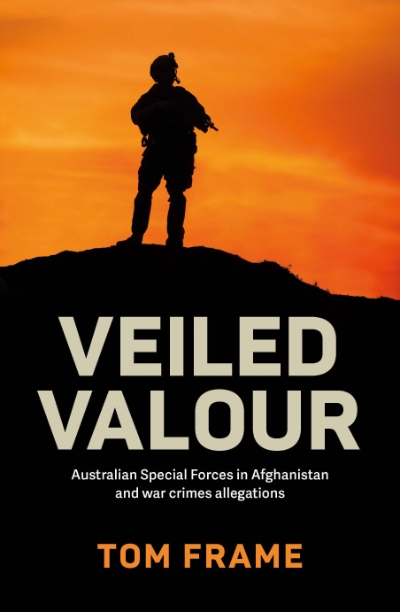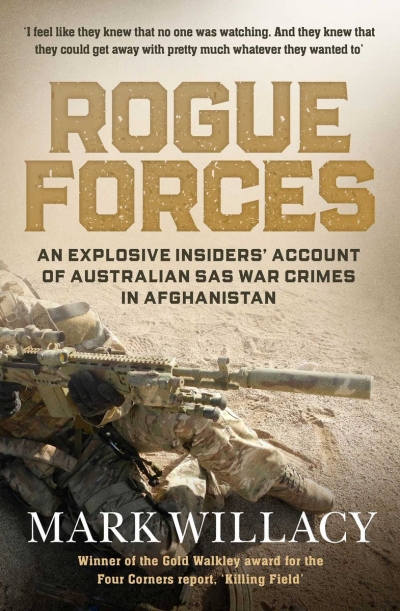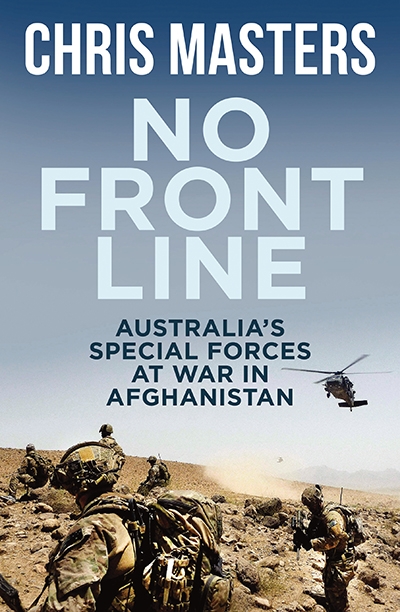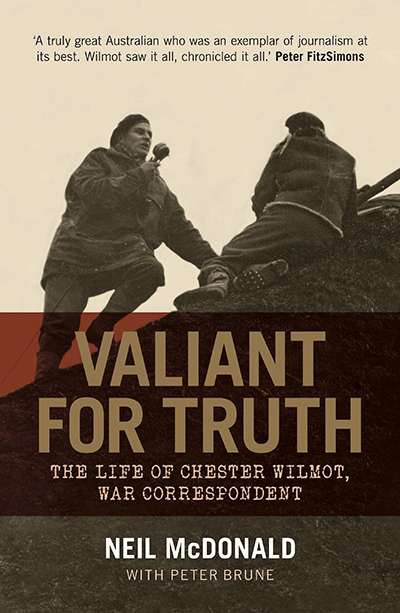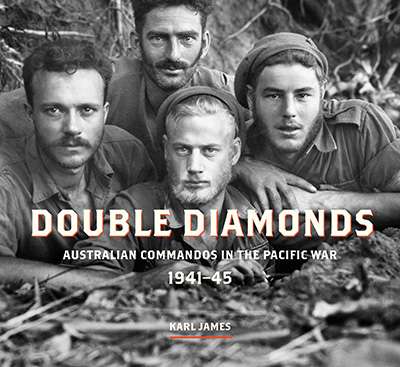Kevin Foster
Subimperial Power: Australia in the international arena by Clinton Fernandes
by Kevin Foster •
Veiled Valour: Australian Special Forces in Afghanistan and war crimes allegations by Tom Frame
by Kevin Foster •
Rogue Forces: An explosive insiders’ account of Australian SAS war crimes in Afghanistan by Mark Willacy
by Kevin Foster •
No Front Line: Australia’s special forces at war in Afghanistan by Chris Masters
by Kevin Foster •
Valiant For Truth: The life of Chester Wilmot, war correspondent by Neil McDonald with Peter Brune
by Kevin Foster •
Double Diamonds: Australian commandos in the Pacific War 1941-45 by Karl James
by Kevin Foster •


